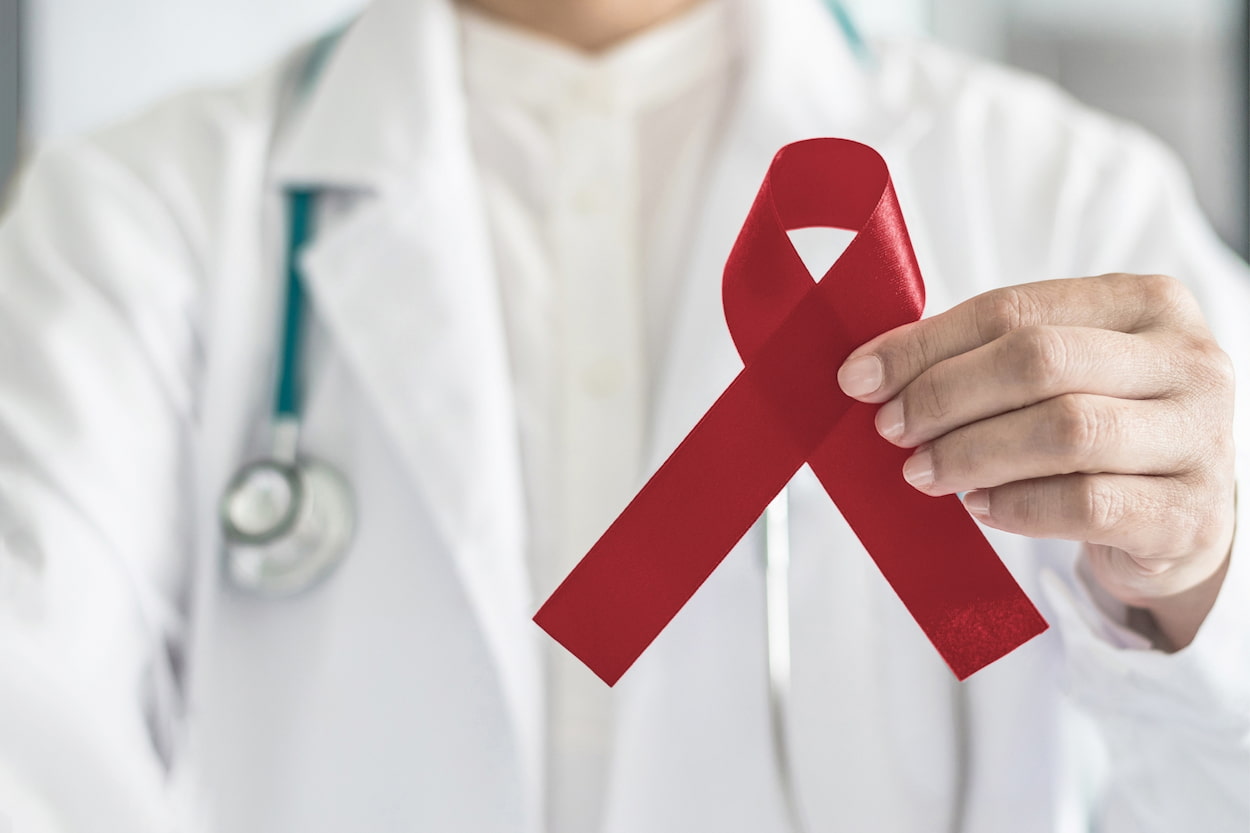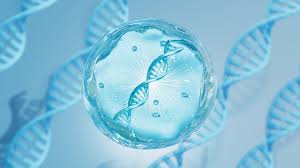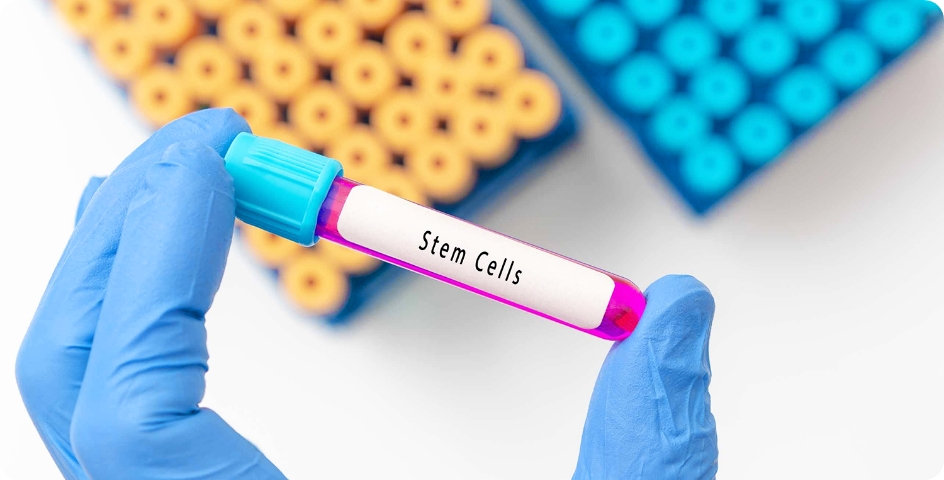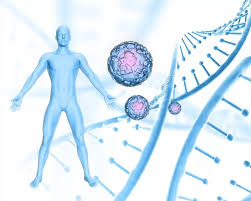
From Hope to Reality: Stem Cell Therapy as a New Treatment for Multiple Myeloma
Multiple Myeloma (MM) is a type of cancer that affects the plasma cells in bone marrow, which are responsible for producing antibodies. It is a relatively rare disease, affecting only about 32,000 people per year in the United States. Unfortunately, MM is also notoriously difficult to treat, with traditional chemotherapy often providing only temporary relief from symptoms. However, recent advancements in stem cell therapy have provided hope for MM patients, as this approach shows promise for providing longer-lasting and more effective treatment.
Stem cells are unspecialized cells that have the ability to differentiate into different types of cells in the body. This characteristic makes them ideal for use in regenerative medicine, as they can be programmed to become the specific cells that a patient needs to replace damaged or diseased tissue. In the case of MM, stem cells are used to replace the patient's own bone marrow, which has been damaged by the cancer or the chemotherapy used to treat it.
There are two main types of stem cell therapy used in MM treatment: autologous and allogeneic. Autologous stem cell therapy involves collecting stem cells from the patient's own bone marrow or blood, processing them to remove any cancerous cells, and then reintroducing them back into the patient's body. This approach has shown promise for treating MM, as it allows for higher doses of chemotherapy to be used without the risk of damaging the patient's bone marrow. Allogeneic stem cell therapy, on the other hand, involves using stem cells from a donor, which can be a better option for patients who don't have enough healthy stem cells of their own.
One of the most exciting developments in stem cell therapy for MM is the use of CAR-T cell therapy. CAR-T cell therapy involves taking the patient's own T-cells (a type of white blood cell) and modifying them to target and kill cancer cells. This approach has been shown to be highly effective in treating other types of cancer, and early studies suggest that it may also be effective in treating MM.
While stem cell therapy is still considered an experimental treatment for MM, the results so far have been promising. A recent study published in the New England Journal of Medicine found that patients who received autologous stem cell therapy as part of their treatment for MM had significantly better progression-free survival rates than those who did not receive stem cell therapy. Another study found that allogeneic stem cell therapy was effective in treating MM patients who had relapsed after previous treatments.
In conclusion, stem cell therapy represents a promising new approach to treating multiple myeloma. While it is still considered an experimental treatment, early results suggest that it may be effective in improving patient outcomes and prolonging survival. As research in this area continues, it is likely that stem cell therapy will become an increasingly important tool in the fight against MM and other types of cancer.
How Does Stem Cell Therapy Help Multiple Myeloma?
Multiple Myeloma (MM) is a cancer that affects the plasma cells in bone marrow. Traditional treatments for MM, such as chemotherapy, can provide temporary relief from symptoms but often have limited long-term effectiveness. Stem cell therapy has emerged as a promising new approach to treating MM. Here's how it works:
Replacement of Damaged Bone Marrow: Stem cell therapy involves the collection and transplantation of stem cells to replace the patient's own bone marrow, which has been damaged by the cancer or chemotherapy. This allows the patient to receive higher doses of chemotherapy without the risk of damaging their bone marrow, potentially leading to more effective treatment.
Autologous vs. Allogeneic Stem Cell Therapy: There are two main types of stem cell therapy used in MM treatment: autologous and allogeneic. Autologous stem cell therapy involves collecting stem cells from the patient's own bone marrow or blood, processing them to remove any cancerous cells, and then reintroducing them back into the patient's body. Allogeneic stem cell therapy involves using stem cells from a donor.
CAR-T Cell Therapy: One of the most exciting developments in stem cell therapy for MM is the use of CAR-T cell therapy. CAR-T cell therapy involves taking the patient's own T-cells and modifying them to target and kill cancer cells. This approach has been shown to be highly effective in treating other types of cancer, and early studies suggest that it may also be effective in treating MM.
Improved Outcomes: Early studies have shown that stem cell therapy can improve outcomes for MM patients. A study published in the New England Journal of Medicine found that patients who received autologous stem cell therapy had significantly better progression-free survival rates than those who did not receive stem cell therapy. Another study found that allogeneic stem cell therapy was effective in treating MM patients who had relapsed after previous treatments.
While stem cell therapy is still considered an experimental treatment for MM, the results so far have been promising. With ongoing research and development, it is likely that stem cell therapy will become an increasingly important tool in the fight against MM and other types of cancer.

The Advantages of Stem Cell Therapy for Multiple Myeloma
Stem cell therapy has emerged as a promising new approach to treating Multiple Myeloma (MM). Here are some of the advantages of using stem cell therapy to treat MM:
Higher Doses of Chemotherapy: Stem cell therapy allows for higher doses of chemotherapy to be used without the risk of damaging the patient's bone marrow. This can lead to more effective treatment of MM and better outcomes for patients.
Improved Survival Rates: Studies have shown that stem cell therapy can improve survival rates for MM patients. A study published in the New England Journal of Medicine found that patients who received autologous stem cell therapy had significantly better progression-free survival rates than those who did not receive stem cell therapy.
Reduced Risk of Relapse: Stem cell therapy has been shown to reduce the risk of relapse in MM patients. A study published in the Journal of Clinical Oncology found that patients who received allogeneic stem cell therapy had a significantly lower risk of relapse than those who received conventional chemotherapy.
Targeted Treatment: The use of CAR-T cell therapy allows for targeted treatment of MM. T-cells can be modified to specifically target and kill cancer cells, reducing the risk of damage to healthy cells and potentially leading to more effective treatment.
Personalized Treatment: Autologous stem cell therapy involves using the patient's own stem cells, which can be processed to remove any cancerous cells before being reintroduced into the patient's body. This personalized treatment approach can lead to better outcomes for patients.
Improved Quality of Life: Stem cell therapy can improve the quality of life for MM patients by reducing symptoms and improving overall health. By reducing the need for chemotherapy and other treatments, stem cell therapy can also reduce the risk of side effects and complications associated with these treatments.
Stem cell therapy offers several advantages for the treatment of Multiple Myeloma. By allowing for higher doses of chemotherapy, improving survival rates, reducing the risk of relapse, providing targeted and personalized treatment, and improving quality of life, stem cell therapy shows promise as a new approach to treating this challenging disease.
How Successful Is Stem Cell Transplant for Multiple Myeloma?
Stem cell transplant has shown promising results for the treatment of multiple myeloma. Studies have shown that stem cell transplant can improve survival rates and reduce the risk of relapse in MM patients. According to the American Cancer Society, around 50-70% of patients who undergo autologous stem cell transplant for MM will achieve complete remission.
Does Stem Cell Therapy Cure Multiple Myeloma?
Stem cell therapy is not a cure for multiple myeloma, but it can significantly improve outcomes for patients. While some patients may achieve complete remission following stem cell therapy, the goal of treatment is typically to manage the disease and improve quality of life.
How Long Does It Take to Recover from A Stem Cell Transplant for Multiple Myeloma?
Recovery from a stem cell transplant can take several months. Patients typically spend several weeks in the hospital following the transplant, and may experience side effects such as fatigue, nausea, and infection. It can take several months for the immune system to recover following a stem cell transplant, and patients may need to avoid crowds and take other precautions to prevent infection during this time.
What Is the Newest Treatment for Multiple Myeloma?
Several new treatments for multiple myeloma have emerged in recent years, including immunotherapy drugs such as daratumumab and elotuzumab, which target cancer cells and help the immune system fight the disease. Other new treatments include CAR-T cell therapy, which involves modifying the patient's own T-cells to target and kill cancer cells, and bispecific antibodies, which can target two different proteins on cancer cells to increase their effectiveness. These treatments are still being studied and are not yet widely available, but show promise for improving outcomes for MM patients.
Healthy Türkiye Notes
In conclusion, stem cell therapy has emerged as a promising new approach for the treatment of Multiple Myeloma. By allowing for higher doses of chemotherapy, improving survival rates, reducing the risk of relapse, providing targeted and personalized treatment, and improving quality of life, stem cell therapy shows significant potential for improving outcomes for MM patients. While recovery from a stem cell transplant can take several months and stem cell therapy is not a cure for MM, the benefits of this treatment approach are clear. With the continued development of new treatments and technologies, the future of MM treatment looks brighter than ever before.



